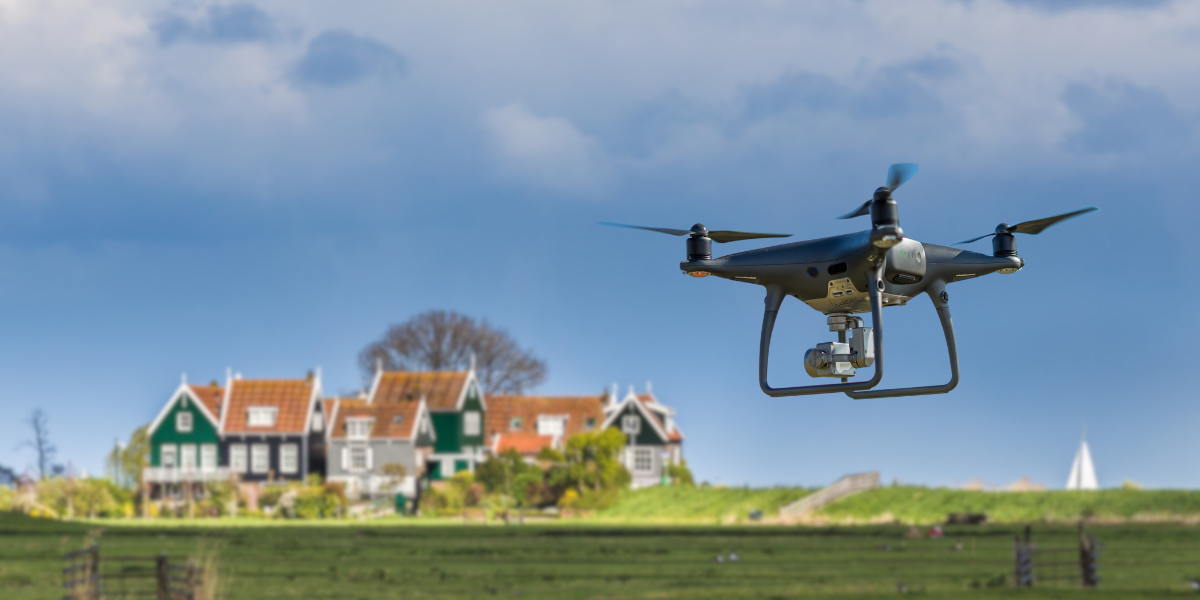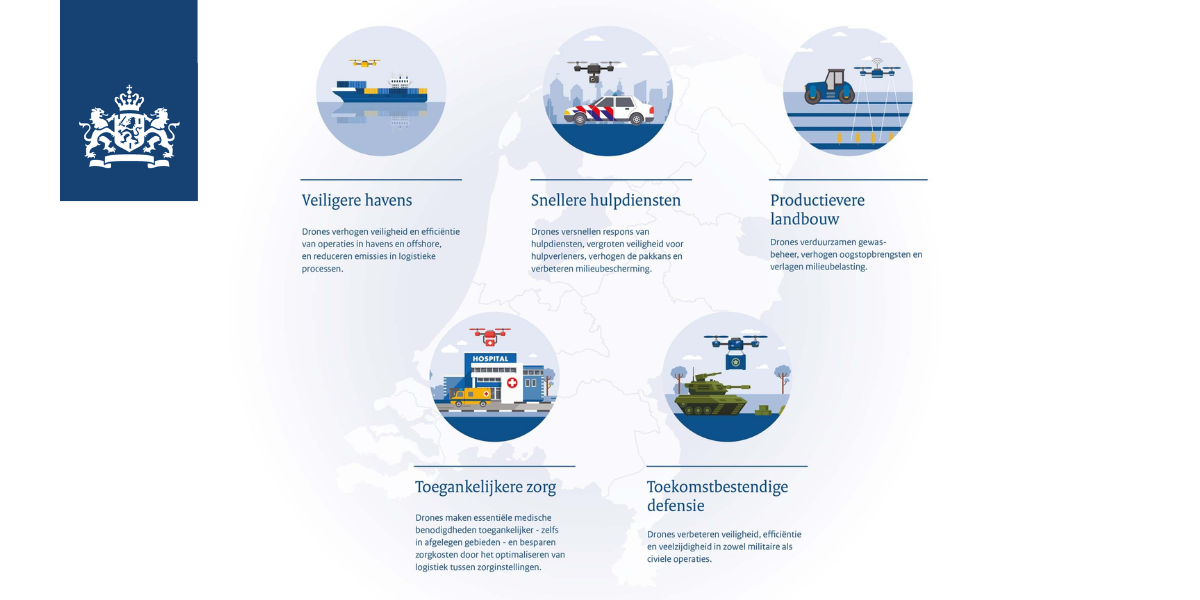NASA’s UTM Innovations Propel BVLOS Drone Operations Forward
NASA’s contributions to Unmanned Aircraft System Traffic Management (UTM) have paved the way for significant advancements in commercial drone operations. The Federal Aviation Administration’s (FAA) recent authorization of Beyond Visual Line of Sight (BVLOS) drone operations in shared airspace marks a major milestone. This breakthrough allows multiple U.S. companies to operate drones beyond the operator’s line of sight, setting a precedent for the future of unmanned aerial systems.
At the heart of this development lies NASA’s UTM platform—a revolutionary technology enabling digital sharing of flight plans between operators. By creating a common operational picture, UTM ensures safer and more efficient BVLOS operations below 400 feet. NASA’s Advanced Air Mobility mission integration manager, Parimal Kopardekar, highlights the global adoption of UTM as “the key to enabling Beyond Visual Line of Sight drone operations.”
Unlike traditional centralized air traffic management systems, UTM fosters a collaborative environment where government and commercial stakeholders coordinate crucial services such as flight planning, strategic deconfliction, and surveillance. This approach not only optimizes operational efficiency but also ensures safety in increasingly crowded airspaces.
Real-World Applications
Currently, BVLOS operations in the United States are limited to FAA test sites and select pre-approved areas. Dallas, Texas, serves as a critical proving ground where commercial delivery companies demonstrate the practical viability of UTM principles. These operations provide valuable data that the FAA uses to refine nationwide BVLOS regulations. Although the timeline for broader implementation remains undefined, these early deployments signal a transformative shift in the commercial drone landscape.
NASA’s research extends beyond package delivery, addressing priority access for public safety drones and testing technologies applicable to Urban Air Mobility (UAM). These initiatives underscore UTM’s potential to serve diverse aviation sectors, from emergency response to infrastructure inspection.
Overcoming Challenges
Despite these advancements, the industry faces significant hurdles. The development of automated detect-and-avoid systems, reliable communication technologies, and public acceptance remains critical. The FAA’s ongoing evaluations aim to address these challenges, moving closer to comprehensive BVLOS regulations that eliminate the need for case-by-case approvals.
Vision for the Future
The successful deployment of UTM in Dallas marks an important step toward routine commercial drone deliveries across the United States. Beyond package delivery, reliable BVLOS operations could revolutionize sectors such as infrastructure inspection and emergency response. As NASA’s UTM technology continues to evolve, it sets a solid foundation for the integration of drones into the national airspace, transforming both commercial and public aviation applications.
Share your story with us
Do you have knowledge on current air solutions, potential innovations and vital regulations you would like to share with the UAS community? The Amsterdam Drone Week website and social media channels are a great platform to showcase your stories!
Please contact our Brand Marketing Manager Hilke de Vries.



